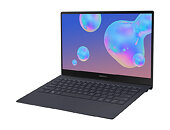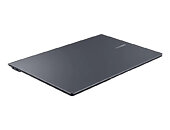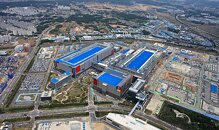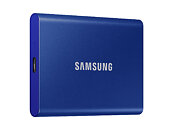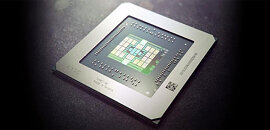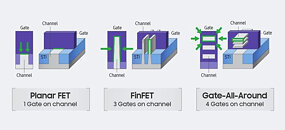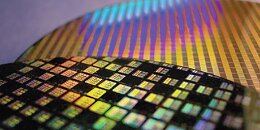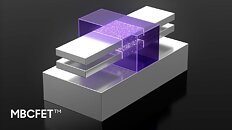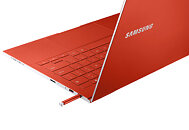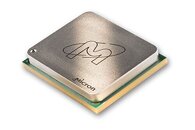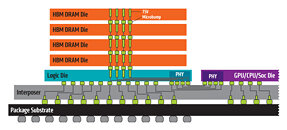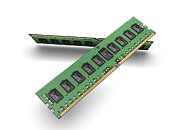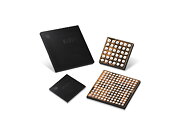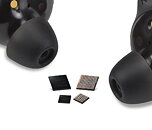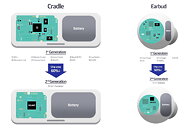
First Intel "Lakefield" Powered Samsung Galaxy Book S Listed on the Company's Canadian Store
One of the first Intel "Lakefield" heterogenous processor-powered devices, a Samsung Galaxy Book S model, is listed by Samsung on its Canadian online store. The Galaxy Book series typically consists of Arm-powered clamshell/convertible notebooks that use Windows 10 (Arm version). The device in question is a Galaxy Book S 13.3-inch notebook bearing model number NP767XCM-K01CA, and comes in two color trims - "Mercury Gray" and "Earthy Gold."
Under the hood is an Intel Core i5-L16G7 "Lakefield" heterogenous processor that has four "Tremont" low-power cores, and a "Sunny Cove" high-performance cores, in an arrangement rivaling Arm big.LITTLE, the first of many such chips from the company, as it taps into new technologies such as heterogenous cores and advanced Foveros chip packaging to design its future processors. The notebook offers Full HD resolution, 8 GB of RAM, 256 GB or 512 GB of solid-state NVMe storage, 802.11ax 2x2 WLAN, and a 42 Wh battery, possibly with double-digit hour battery life. All of this goes into a 6.2 mm (folded) device weighing under a kilogram.
Under the hood is an Intel Core i5-L16G7 "Lakefield" heterogenous processor that has four "Tremont" low-power cores, and a "Sunny Cove" high-performance cores, in an arrangement rivaling Arm big.LITTLE, the first of many such chips from the company, as it taps into new technologies such as heterogenous cores and advanced Foveros chip packaging to design its future processors. The notebook offers Full HD resolution, 8 GB of RAM, 256 GB or 512 GB of solid-state NVMe storage, 802.11ax 2x2 WLAN, and a 42 Wh battery, possibly with double-digit hour battery life. All of this goes into a 6.2 mm (folded) device weighing under a kilogram.
